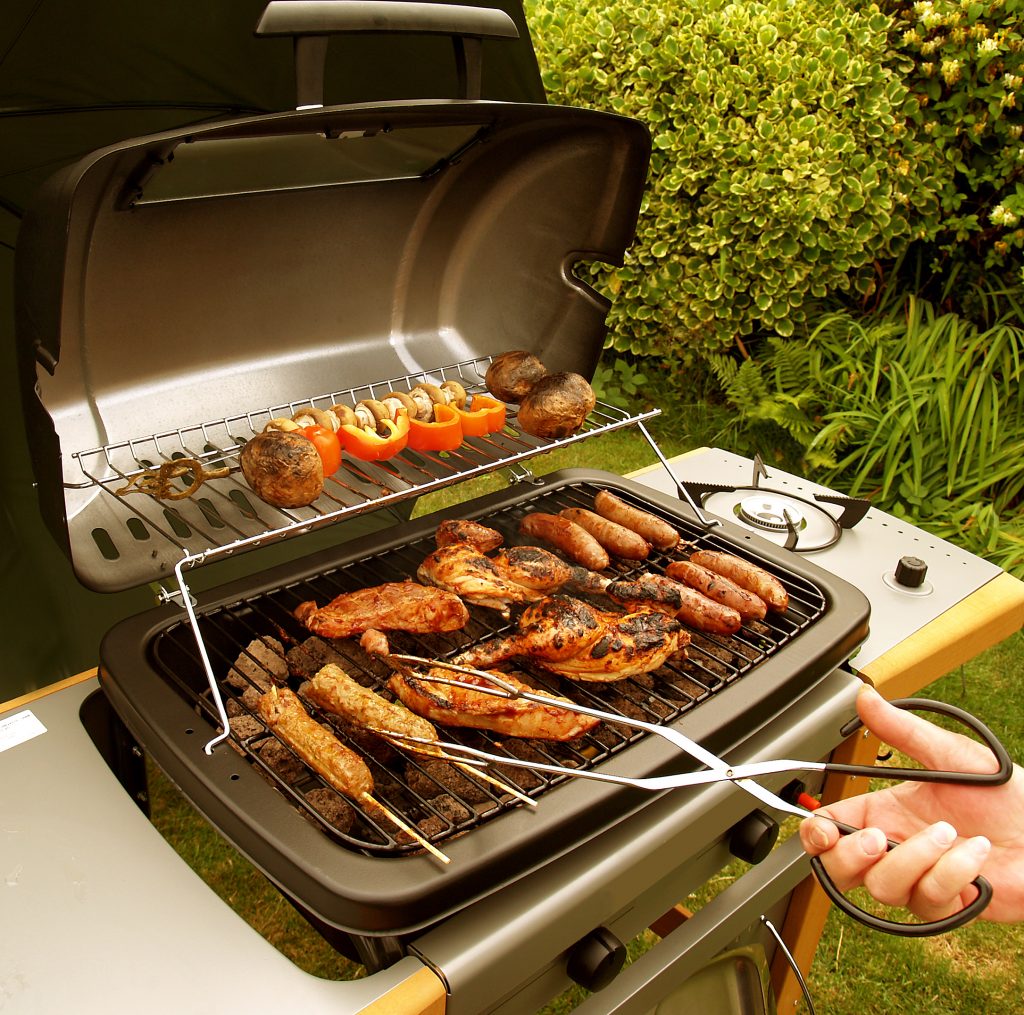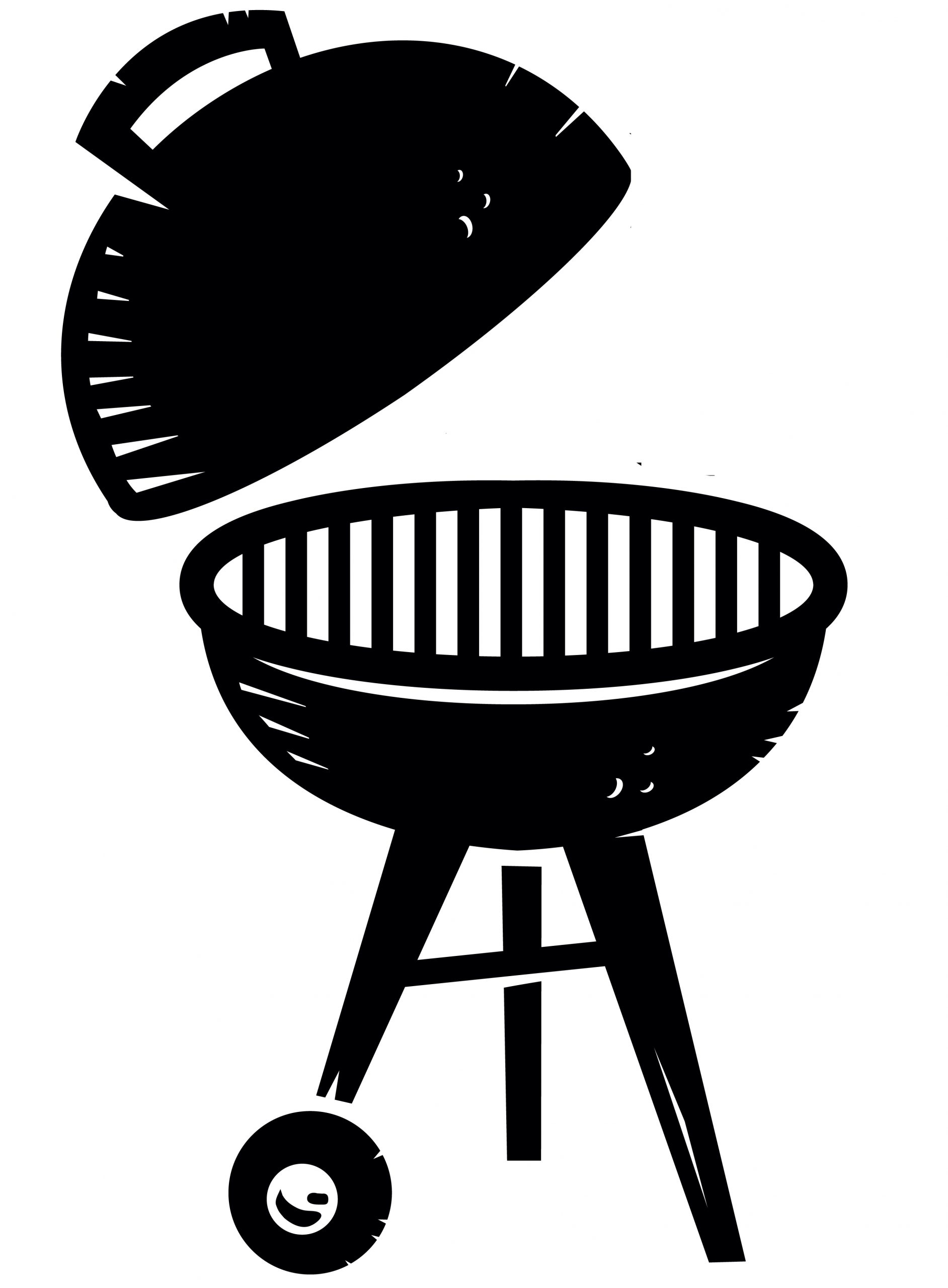Grilling isn’t just a method of cooking—it’s a beloved tradition and a social event that brings people together. Whether you're a novice looking to learn the ropes or a seasoned grill master refining your craft, mastering the grill is both satisfying and rewarding. This comprehensive guide will help you take your grilling to the next level, from choosing the perfect equipment to refining your cooking techniques.
Selecting the Ideal Grill for Your Needs
Choosing the right grill is the cornerstone of your grilling journey. Consider the following options:
- Charcoal Grills: Deliver a rich, smoky flavor but require patience and skill to master.
- Gas Grills: Known for their convenience, they provide consistent heat and quick setup.
- Electric Grills: Perfect for small spaces or indoor use, though they lack the smoky depth of charcoal.
Pick a grill that suits your lifestyle, space, and cooking goals to set the stage for your BBQ success.
Must-Have Grilling Equipment
Investing in quality tools can significantly improve your grilling experience. Essential items include:
- Tongs: Long, firm-grip tongs for safe and easy flipping.
- Spatula: Perfect for handling delicate foods like fish or burgers.
- Grill Brush: Keeps the grate clean and prevents sticking.
- Meat Thermometer: Ensures meat reaches safe and desired temperatures.
- Heat-Resistant Gloves: Protect your hands from the high heat.
- Skewers: Ideal for kebabs; opt for metal skewers for durability.
Preparing Your Grill for Cooking
A well-prepared grill ensures even cooking and prevents food from sticking. Follow these steps:
- Clean the Grate: Remove old residue with a grill brush for optimal performance.
- Oil the Grate: Lightly oil the grate before cooking to reduce sticking.
- Preheat the Grill: Preheat gas grills for 10–15 minutes; wait until charcoal coals are white-hot and ashed over.

Understanding Temperature Control
Effective temperature management is critical for grilling success. Grilling involves two primary methods:
- Direct Grilling: Place food directly over the heat for quick-cooking items like burgers.
- Indirect Grilling: Cook food away from the heat for larger cuts like roasts or whole chickens.
Control airflow with your grill’s vents—opening them increases heat, while closing them lowers it.
Seasoning and Marinating for Enhanced Flavor
Flavorful grilling starts with proper seasoning and marinating. Consider these options:
- Dry Rubs: A blend of spices and herbs that forms a flavorful crust.
- Marinades: Mixtures of oil, vinegar, or citrus juice with spices for tender and flavorful meats.
- Salt and Pepper: Sometimes, simplicity works best. A generous sprinkle of salt and pepper can highlight natural flavors.

Cooking Techniques for Different Meats
Each type of meat has specific grilling requirements:
- Beef: Steaks and burgers are best at medium-rare (130–135°F), while ribs require slow cooking for tenderness.
- Poultry: Cook to an internal temperature of 165°F. Use indirect heat to prevent burning.
- Pork: Aim for an internal temperature of 145°F. Marinades help retain moisture.
- Fish: Grill over medium heat, oiling both the fish and the grates to prevent sticking.
Grilling Vegetables and Sides to Perfection
Grilled vegetables and sides complement your meats beautifully. Follow these tips:
- Prep Your Veggies: Cut evenly and coat with oil and seasonings.
- Use a Grill Basket: Prevent smaller items like cherry tomatoes from falling through the grates.
- Monitor Cooking Times: Vegetables cook faster than meats; use indirect heat to avoid over-charring.
Resting and Serving Your Grilled Delights
Let grilled meats rest for a few minutes to allow juices to redistribute, enhancing flavor and tenderness. Elevate presentation with fresh herbs, citrus zest, or a squeeze of lemon.
Avoiding Common Grilling Pitfalls
Steer clear of these common mistakes for a smoother grilling experience:
- Constant Flipping: Flip meat only once or twice for even cooking and a good sear.
- Pressing Meat: Avoid pressing down on meat to retain its juices and flavor.
- Overcrowding the Grill: Leave space between items for even heat distribution.
Conclusion: Achieve Grilling Mastery
Grilling is more than a cooking technique—it’s an art form that brings people together and creates lasting memories. By selecting the right grill, mastering temperature control, and enhancing flavors with thoughtful seasoning, you can elevate your skills to new heights. Practice and patience are key, and with each grill session, you’ll gain confidence and expertise. Before long, you’ll be the go-to grill master at every gathering, impressing friends and family with your mouthwatering creations. Happy grilling!
